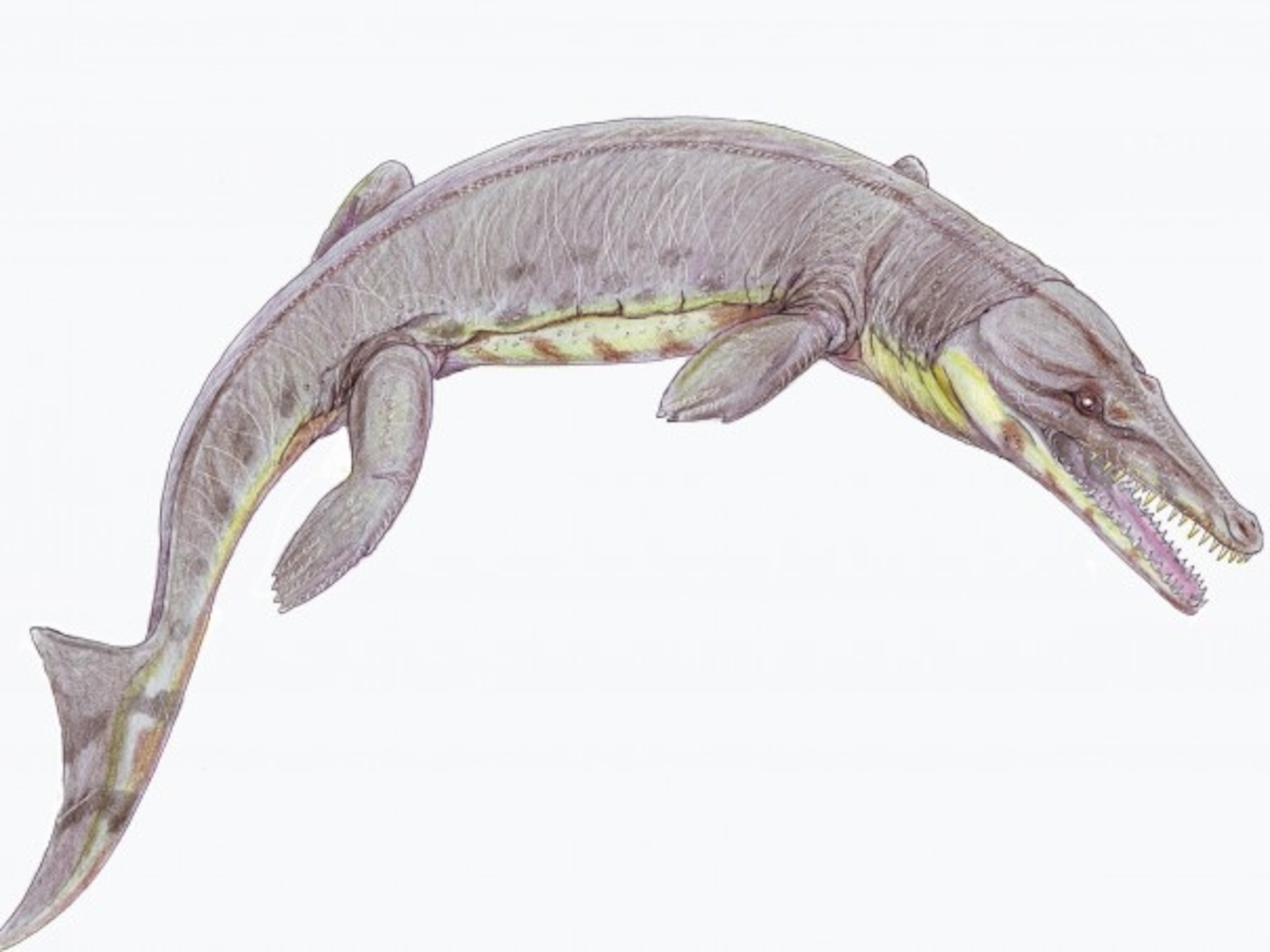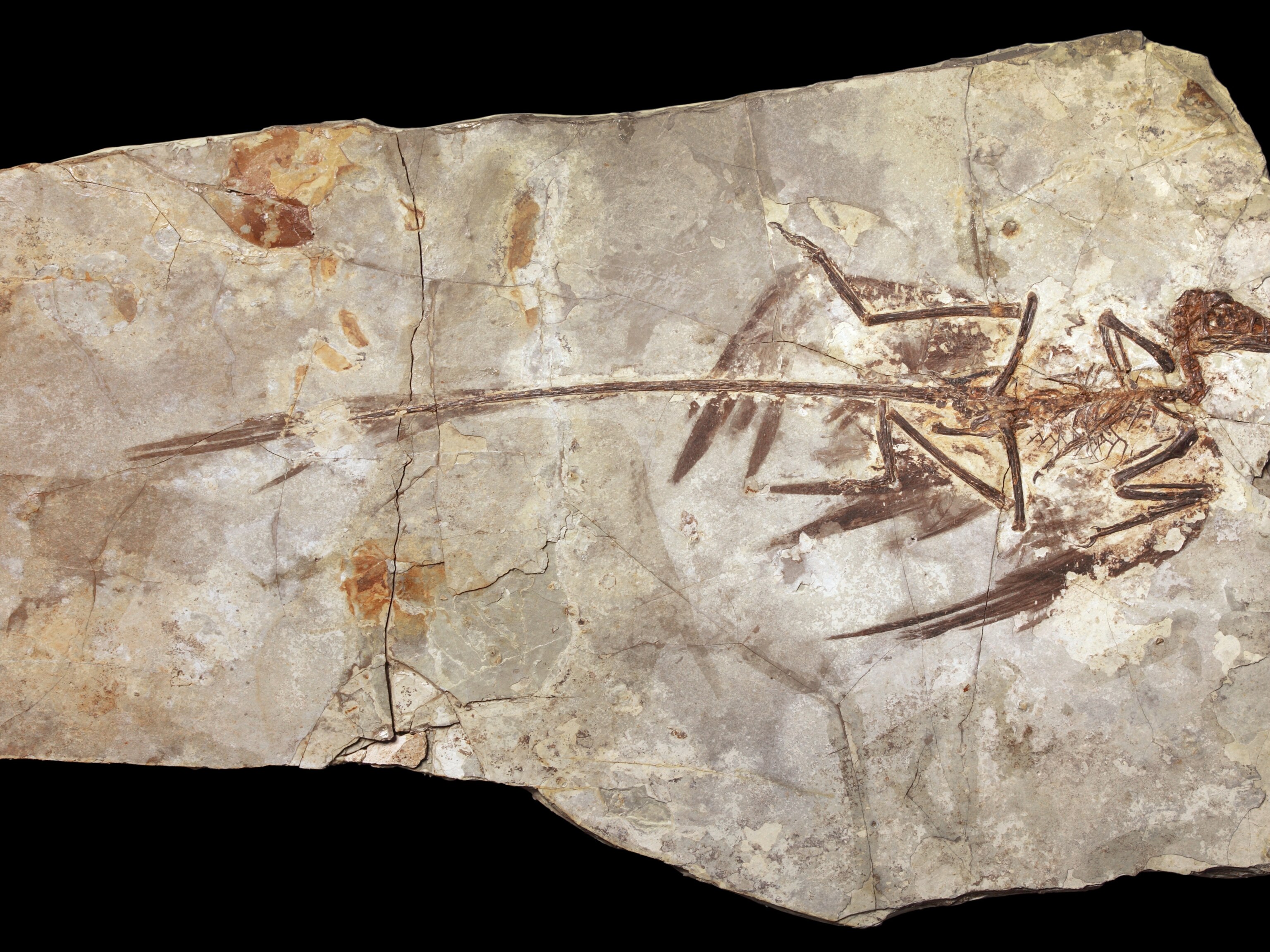Watch a Problem-Solving Raven Outsmart a Trash Can
Ravens are among the world's most intelligent birds and have been known to use logical thinking to successfully forage for food.
Of all the world's birds, ravens are believed to be one of the smartest.
Video taken in Haines, Alaska, shows one clever raven unlocking a weighted trash bin. The bird can be seen fastening its beak under clasps to unlock the lid, knocking it to the ground. It then rummages through the trash, picking out bits and pieces of cardboard and plastic, likely searching for scraps of food.
The trash-pillaging raven was caught on camera by Randa Szymanski and her husband, who initially assumed their garbage bin was getting knocked over by bears. Despite the garbage lid clasps and a heavy rock on the lid, ravens are regularly able to dig through their trash.
According to Szymanski, the ravens in her home of Southeast Alaska are notoriously "smart and fearless" and known by the Tlingit natives as tricksters.
In addition to their dumpster-diving antics, she has observed them pestering bald eagles and stealing food from the back of open pick-up trucks. One especially clever incident involved them stealing a dozen eggs from the back of a car, one-by-one.
"They flipped open the carton and took one egg at a time to their nest nearby. They had them all by the time the owner of the truck came back out," said Szymanski.
Ravens are notoriously intelligent. They, along with crows and magpies, belong to a family of birds called corvids. Some studies have shown that corvids, despite having significantly smaller brains, are intellectually comparable to chimpanzees.
"These aren't animals that have adapted to living with people, these are animals that have figured out how to exploit people," says Kaeli Swift, a PhD candidate at the School of Environmental and Forest Sciences at the University of Washington.
Swift notes that where the raven in the video stands on the trashcan is a natural perch, thus making it difficult to discern whether its ability to release the locks and knock the lid of the bin was intentional or an accident.
Swift also noted that the aggression toward bald eagles described by Szymanski is what's known as a mobbing behavior intended to evict predators, such as eagles, from the area. (This behavior is often responsible for the "animals riding animals" Internet phenom.)
"When an individual sees a predator, it produces an alarm call that attracts other birds in the area," says Swift. The birds then "mob" predators, effectively warding them off.
Logical Thinkers
One cognitive test, designed by ornithologist Bernd Heinrich, suggests ravens are highly capable of logical thinking.
Tying a piece of meat to a string and dangling it from a tree branch, Heinrich observed how ravens pulled the meat up. Using their beaks, the ravens inched the string closer to their claws, which they used to create loops around their talons, shortening the string and successfully obtaining their reward.
In video footage of the experiment, Heinrich notes that the birds weren't trained and could not have been acting on evolutionary instinct because the test created a situation that would not have naturally occurred in the wild. He believes this suggests the birds were acting intentionally and logically.
The biological reason for corvid intelligence was first discovered in the 1960s by a neurologist named Stanley Cobb. Birds lack an elaborate cerebral cortex, the part of the brain in mammals responsible for many cognitive functions such as thought, language, memory, and consciousness.
Instead, their biological key to success lies in a section of their forebrain called the hyperstriatum, which allows them to perform similar tasks.
A 2016 study published by the Proceedings of the National Academy of Sciences offered further insight into how corvids perform functions similar to apes and chimps using only their little walnut-sized brains. Researchers at Charles University in Prague discovered these specific types of birds have an exceptionally dense amount of neurons in their forebrains, possessing equal and sometimes greater amounts of neurons than monkeys.
One Hitchcock-like line from the study's authors revealed that because of this neuron density, "Avian brains thus have the potential to provide much higher 'cognitive power' per unit mass than do mammalian brains."





